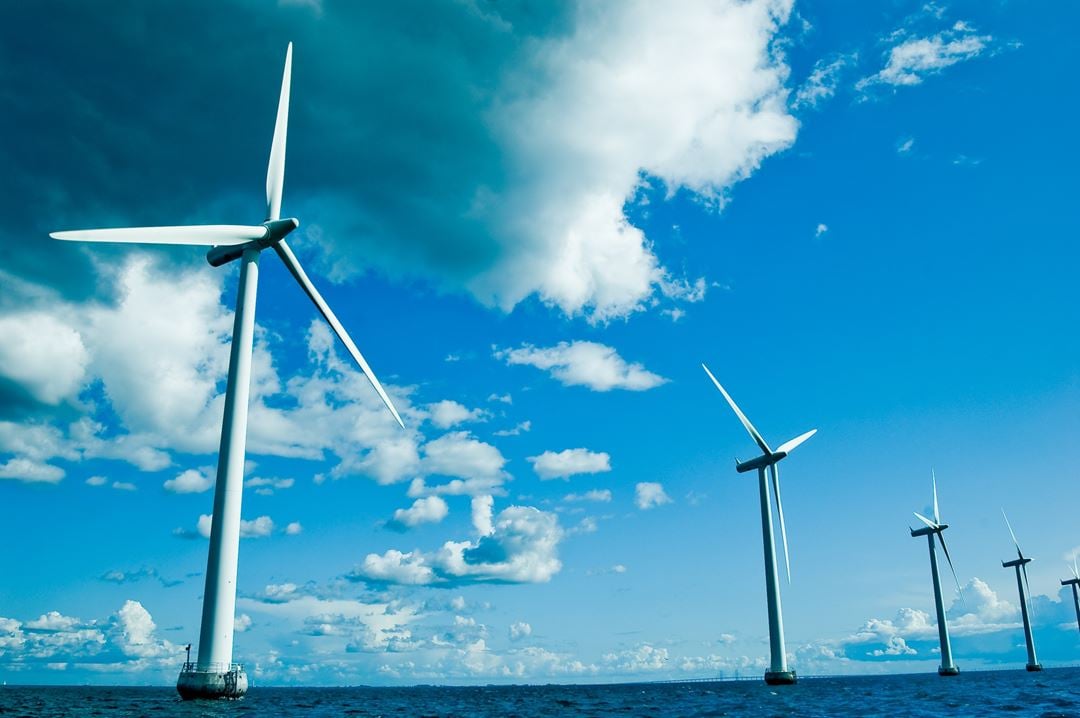Design of offshore wind farms - Data assimilation
For validation of complex wind turbine models measurement data from scaled physical models or full scaled structures are needed. The more useful data are available for validation, the better the validated model will be to predict the behaviour of the real structure. Therefore exchanging measurement data from different structures is useful and necessary for producing good results. This work will gather such open data sets.
Benchmark of models
The design of offshore wind turbines and their support structures is a challenging task considering the wide range of site and operational conditions that account for different water depths, soil types and met-oceanic conditions. The complete integrated system includes models for external met-oceanic conditions (wind, wave and currents), aerodynamics, hydrodynamics and soil-structure interaction. These models are coupled to drive the wind turbine components and control system resulting in a very complex dynamic system.
Design of offshore wind farms – Model development
For the successful realization of the offshore possibilities it is vital that the costs of the offshore wind turbines are brought down by designing machines specifically for the offshore environment as based on a generic offshore design basis and dedicated computational tools. This includes consequences of de-rating, wake effects, the analysis of combined wind and wave loads and soil structure interaction.
European-scale wind farm cluster control: technical, operational, economical and security of system
At the highest level of aggregation, Wind Power Plant Clusters (WPPC) are connected across mixed AC and DC (hybrid) multi-terminal networks, which are not only transmission technologies, but are also controllable elements. These new and innovative systems, which lack sufficiently long planning and operating experience, must be considered when jointly controlling widely distributed WPPC's.
Power Market Design and Modelling for High Wind Penetration
Challenges and possibilities related to the electricity market in a situation with high penetration of wind power. Specifically:
- Suggest and analyse new market designs suitable for high wind power penetration
- Identify and assess different market-based ways for balancing of variable wind power
- Determine economically robust offshore grid taking into account markets and uncertainties in wind developments

